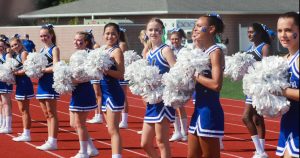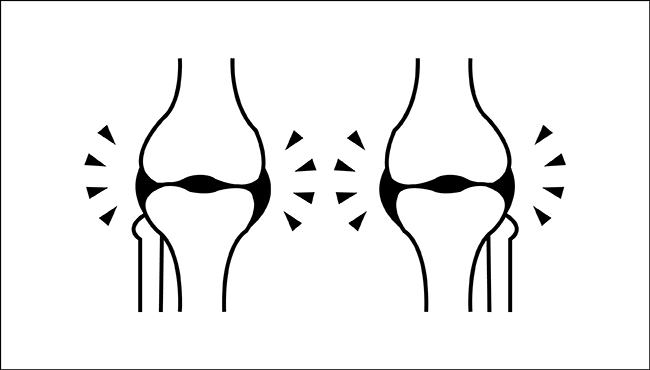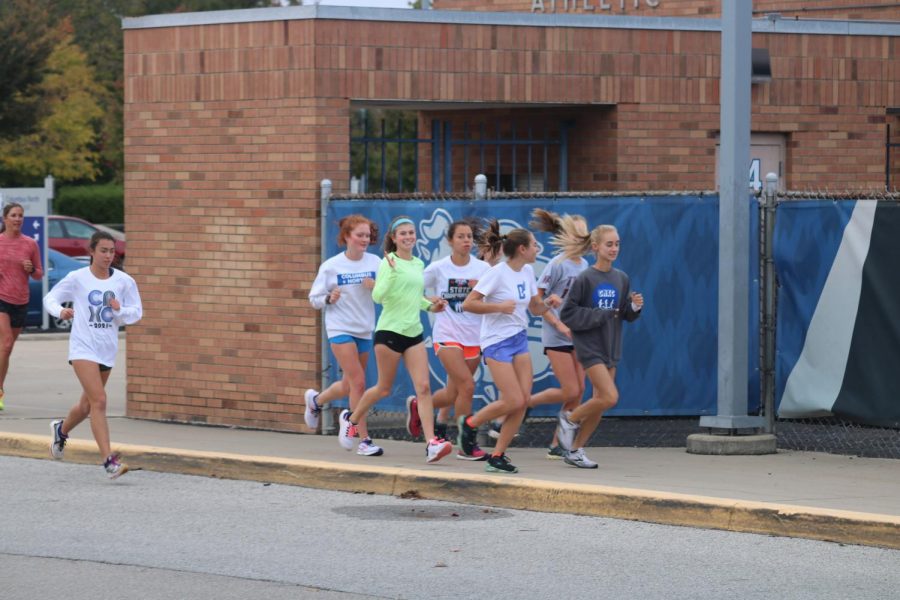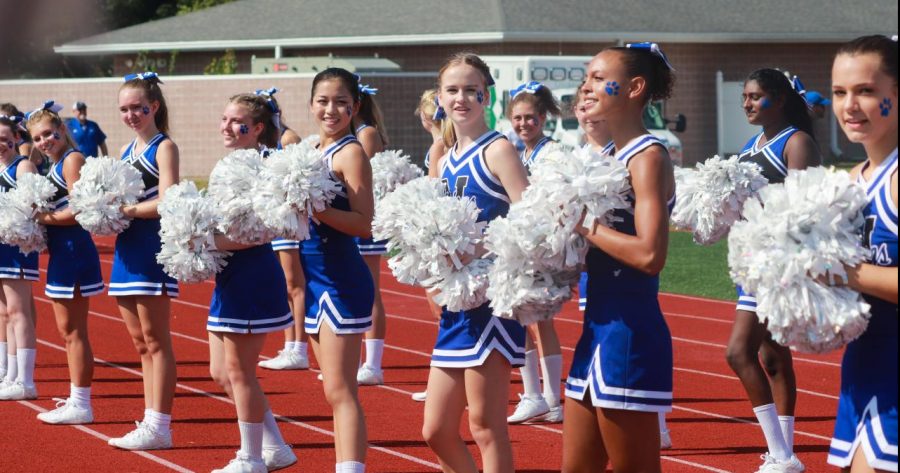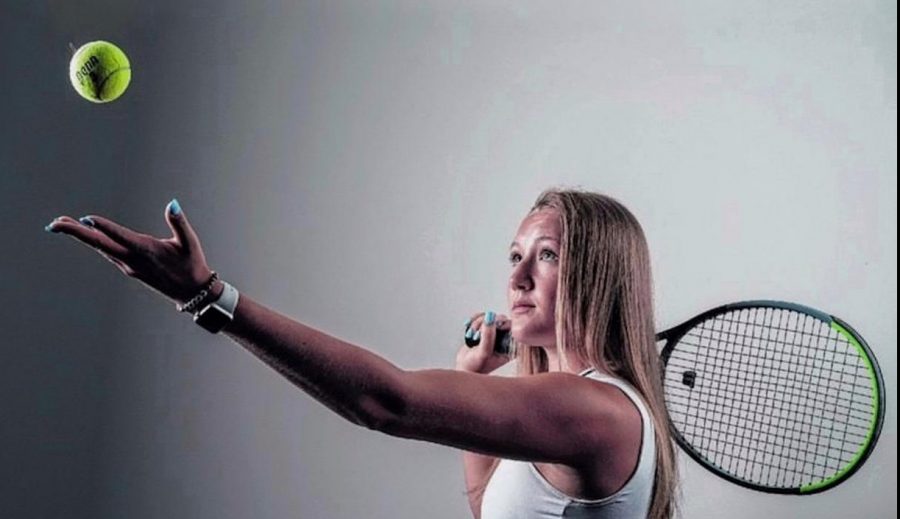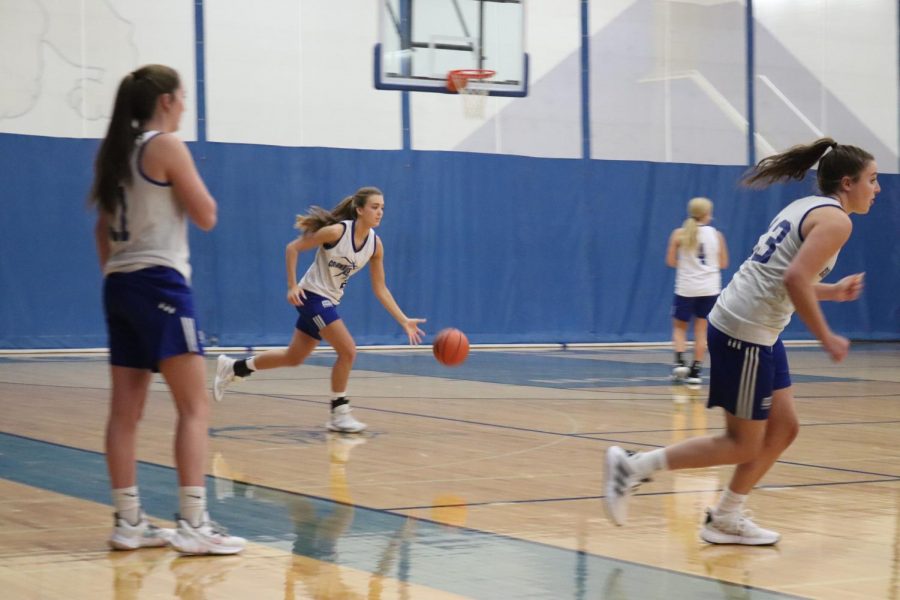You are playing the sport you love, when all of a sudden you hear a loud pop and feel instant pain coming from your knee. The most likely diagnosis, a torn anterior cruciate ligament, also known as the ACL.
“You could split this topic into two groups, male and female. With the ever number increase in females participating in sports, recent studies indicate that there is four to six times the ACL injuries in females than males,” Columbus North Athletic Trainer Steve Souder said. “There have been many ideas or theories about why this happens, i.e. difference in the pelvis (male/female) to the menstrual (hormonal) cycle having an effect on ACL injuries. None have though, proven to be the one sole deciding factor in this injury.”
The ACL is a complex ligament in the body. It connects the femur to the tibia and provides stability for the knee, but it can be easily torn.
According to livestrong.com, “70 percent of ACL injuries in athletes happen through mechanisms such as pivoting, cutting, sidestepping, out of control play or awkward landings, while about 30 percent of ACL injuries occur from contact with other players.”
These tears frequently occur while participating in high-intensity sports such as basketball, soccer, football, tennis, gymnastics and cheerleading.
“It all depends on the sports you are participating in. Some sports are more physically intense or occur over a shorter time period than a sport that’s participation is continued over a longer period of time,” Souder said. “There are also outside factors that can increase or decrease ACL injuries: knee bracing, playing surface and shoes and the weather.”
Souder explained some exercises students should practice in order to prevent an ACL tear.
“Make sure that you are warmed up before stretching any muscle groups: never stretch a cold muscle. Stretching will help you maintain your range of motion, reduce stiffness, and improve your mobility over all,” Souders said. “Start with large muscle groups, working your way down to smaller muscle groups or specific muscles. After practices, repeat the stretching to help with any tightness that may be felt. This helps to prevent any possibility for muscle strains or pulls.”
Souder also shared advice for all high school student athletes.
“The general rule for all athletes to remember is: maintain flexibility, strength, endurance, agility, and to make sure you are hydrated.”

